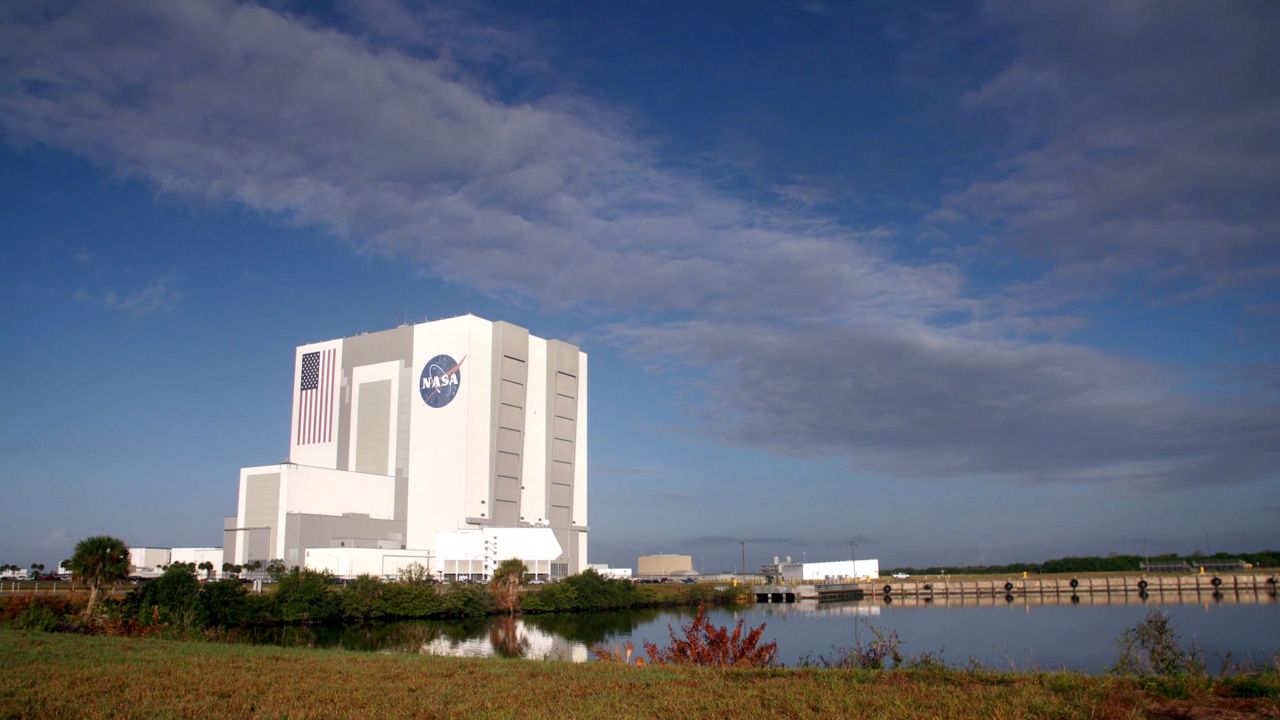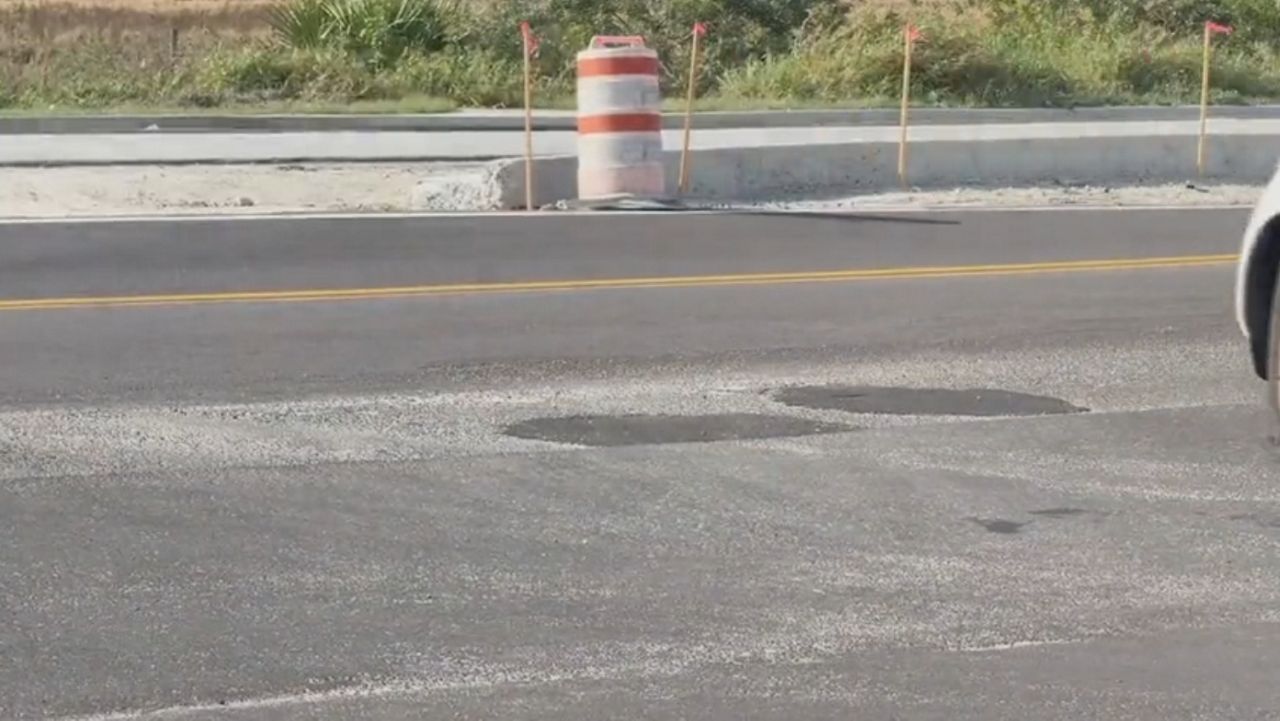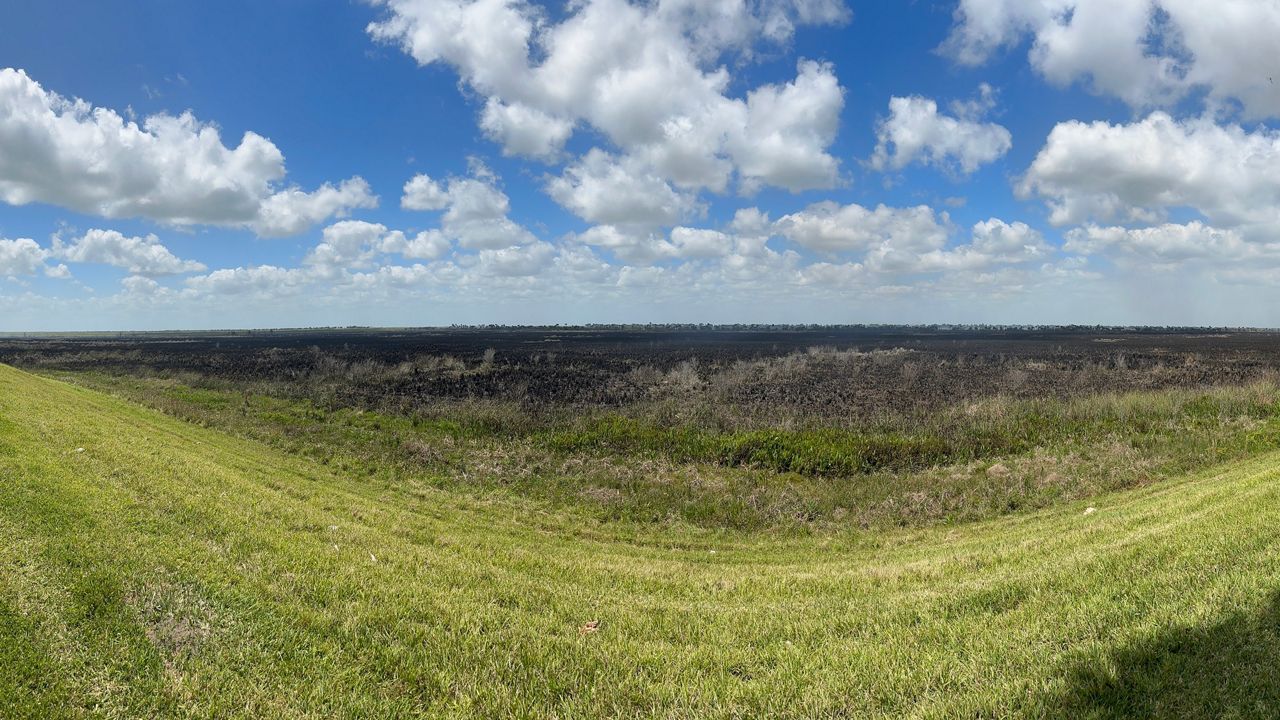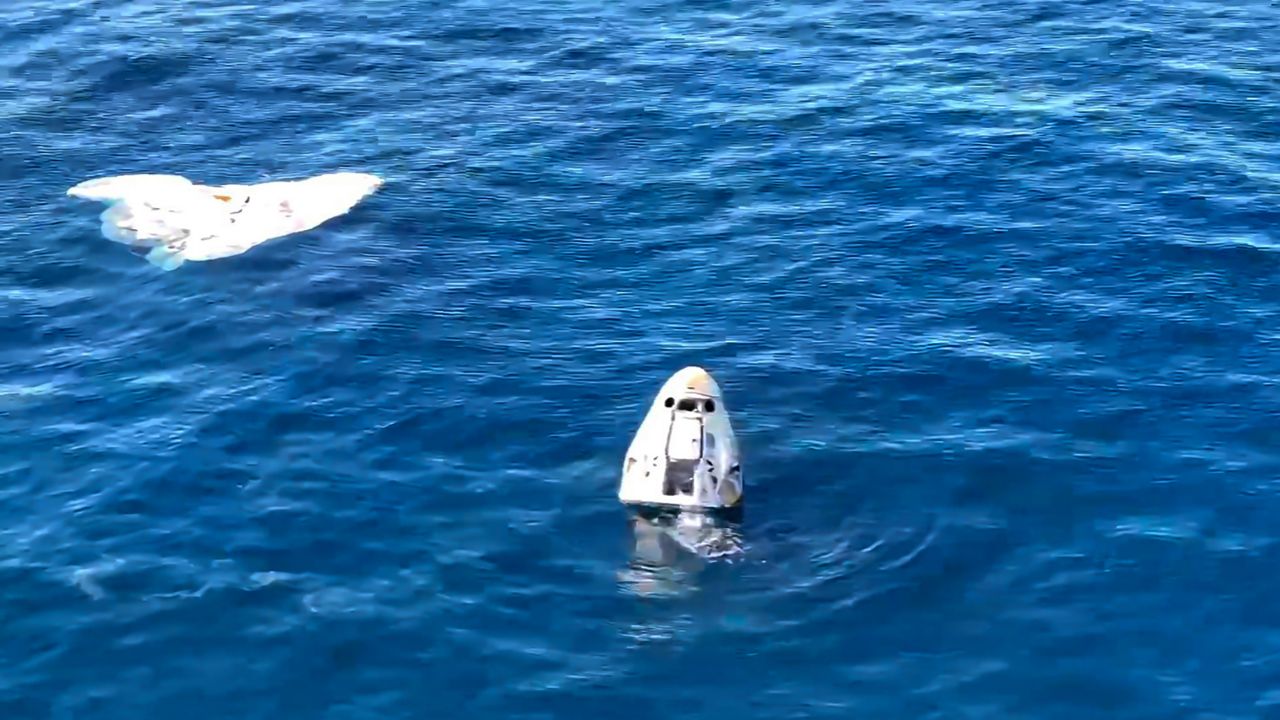KENNEDY SPACE CENTER, Fla. — Problems with the Indian River Lagoon have caused a race to save the unique estuary, and now Kennedy Space Center is considering its part in the lagoon's health as well.
What You Need To Know
- NASA plan would monitor and work to restore issues on its end of the Indian River Lagoon
- Initial plan calls for a multi-pronged approach focusing on wildlife, muck removal, septic tanks and seagrasses
- Toxic algal blooms cause death of seagrass, leading to massive die-off of manatees in the lagoon
With 140,000 acres of federal property that runs adjacent to the space center in Brevard County, NASA says its environmental services divisions at KSC are making lagoon health high priority.
The Indian River Lagoon Roundtable, a nonpartisan group that focuses on environmental issues, received a copy of the KSC Indian River Lagoon Health Initiative Plan Initial Release on Friday.
The plan calls for monitoring several aspects of lagoon health, from runoff caused by prescribed burns to wildlife and shoreline resiliency. The report says about 95% of seagrass coverage has been lost in KSC waters because of phytoplankton blooms since 2010.
The agency wants to figure out any sources of pollution inputs into the IRL, Mosquito Lagoon and Banana River from the space center, and how to reduce them.
It also wants to work to restore and expand the dying seagrass beds by mapping areas of substantial seagrass and finding places to transplant grass.
It also proposes more efforts to remove muck from the lagoon, restore survivorship clams to help improve water clarity, expand the shoreline habitat and reduces a reliance on septic tanks on KSC property.
KSC also says in the plan that it wants to partner with several groups, including local universities like UCF and Florida Tech, Hubbs SeaWorld, the IRL Observatory Network of Environmental Sensors and other agencies to monitor wildlife, engage in further dredging, monitor and report algal blooms, monitor nutrients and more.
Read the full report on the NASA website.
Efforts to save the Indian River Lagoon have been stepped up in the past year because of a manatee die-off. As of Sept. 24, 957 manatees around the state have died. Of those, 320 have died in Brevard County. The mass loss of seagrass is believed to be a big reason, as the seagrass is a source of food for the sea cows. The federal government has labeled the manatee deaths this year an unusual mortality event.








